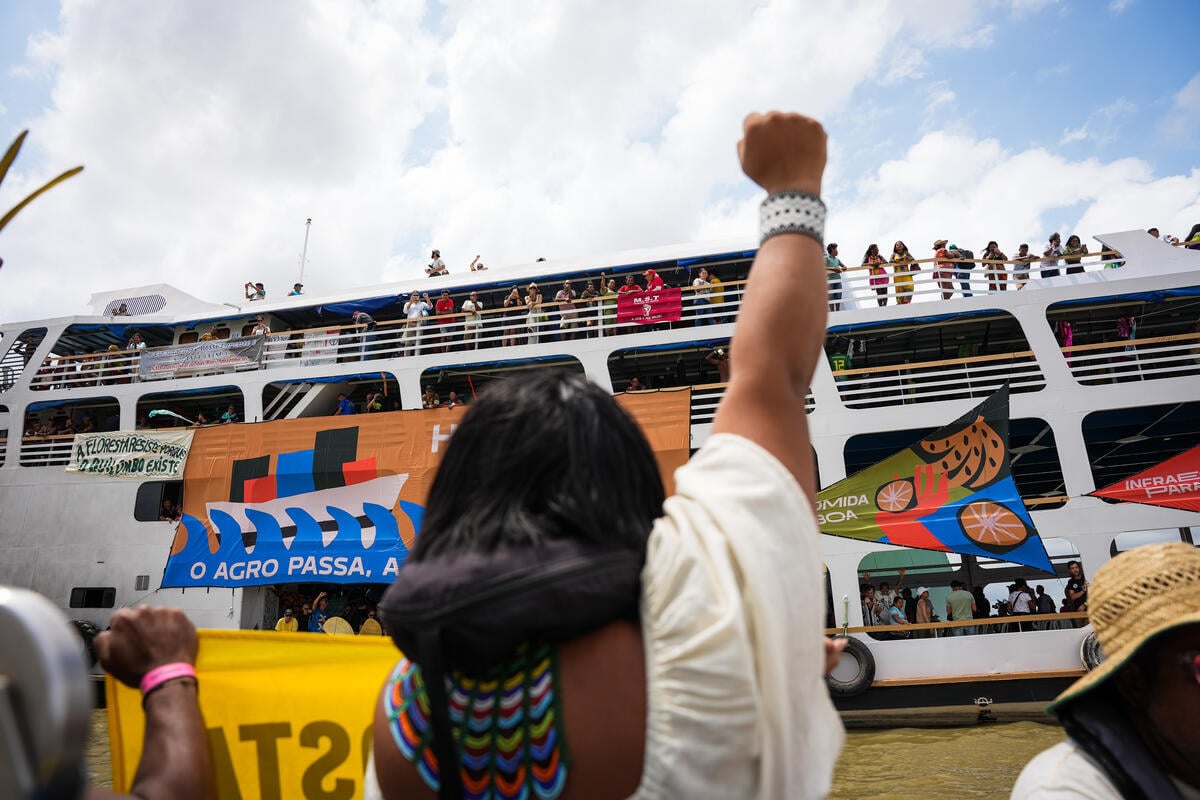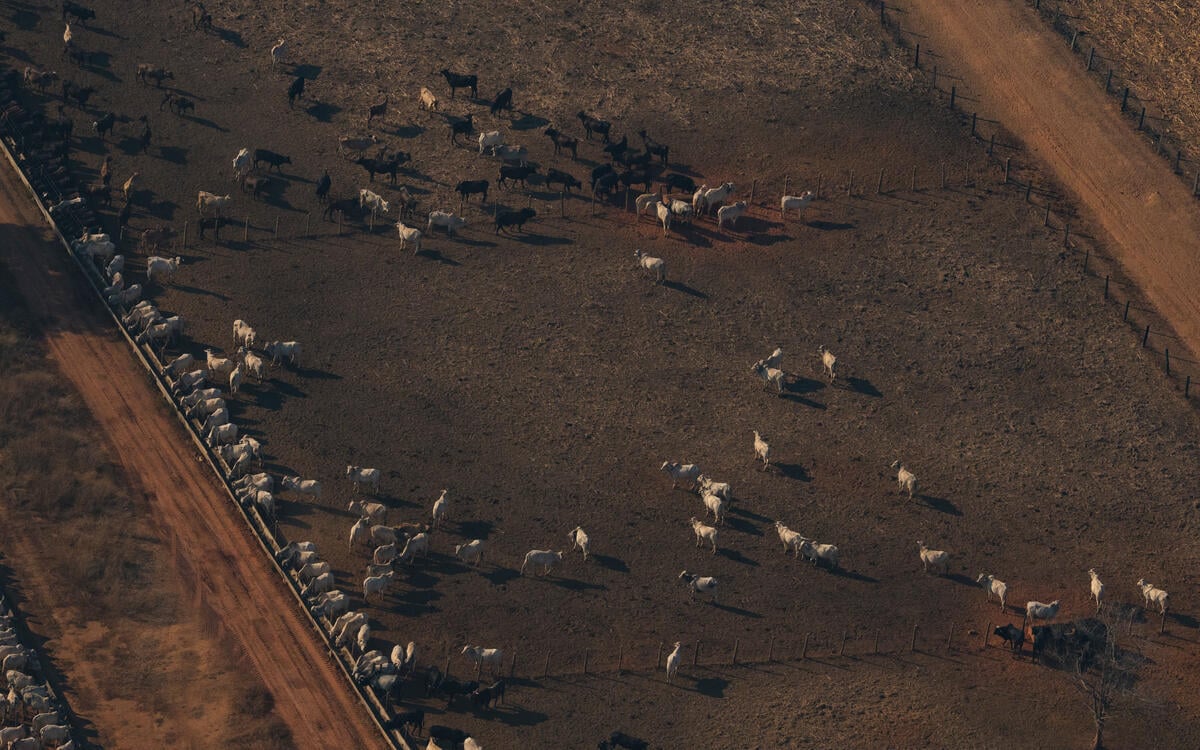My name is Leo Morán. I’m best known as the winner of MasterChef Colombia 2016. For me, food has always meant care, creativity, and connection. But in 2025, I left the kitchen and travelled to the Brazilian Amazon to see where much of the world’s food system really begins.
What I found there shook me. Behind the meals on our plates lies a story of stolen land, burning forests, and poisoned rivers, all driven by one industry: Big Agribusiness.
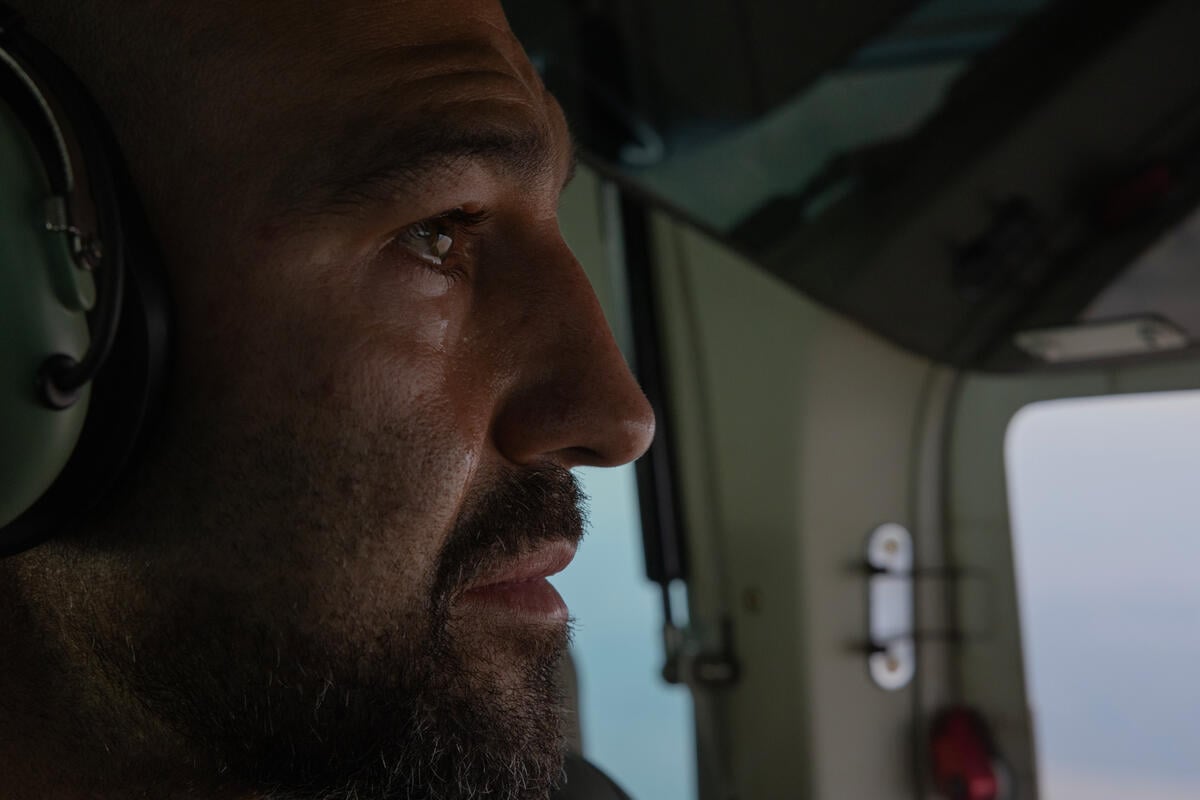
The Reality Behind “Less Bad”
From January to September 2025, Brazil recorded the lowest number of fires in 25 years, according to INPE. Headlines called it progress, “the best fire season in decades.”
Standing there, breathing the haze, it didn’t feel like progress at all. The smoke stung my eyes and burned my throat. During my stay, I saw communities struggling to breathe, forests cleared to make way for cattle, and rivers running dirty with slaughterhouse waste. What good are headlines about “less fire” when people are still choking, when Indigenous Peoples are still having their lands under threat, when the forest is still falling?
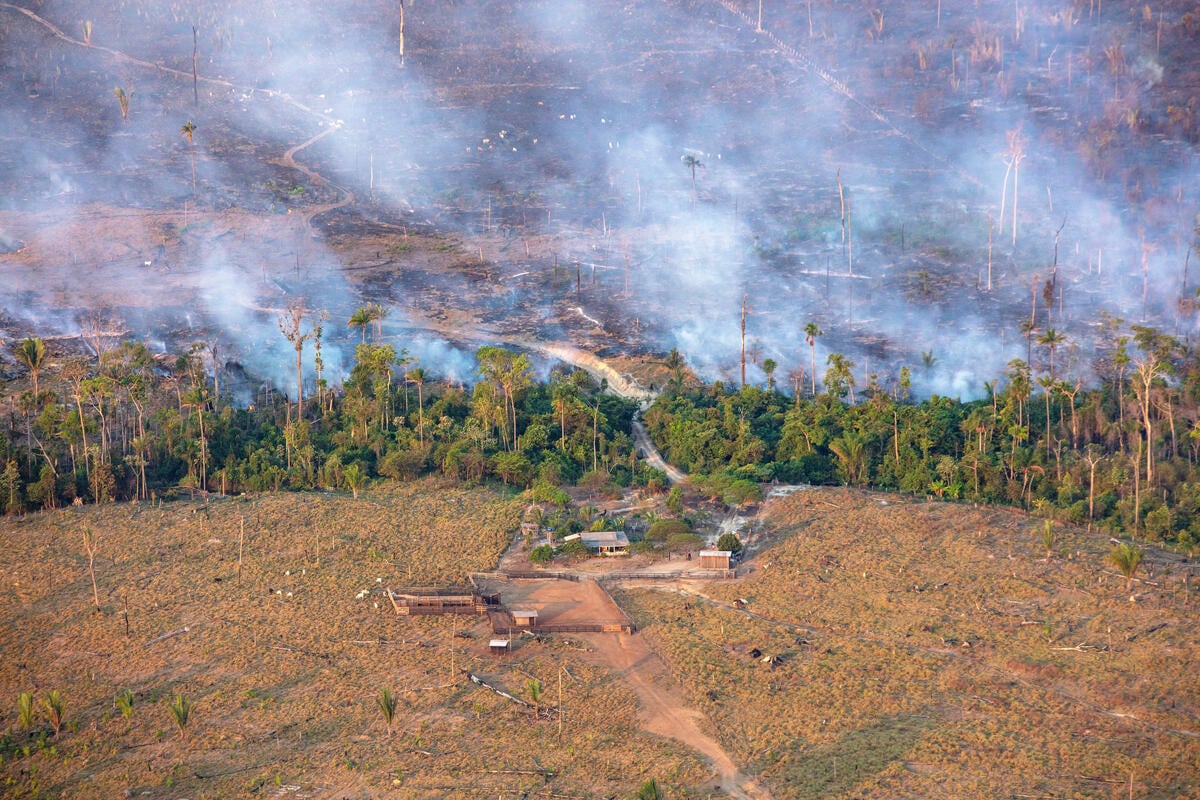
And here’s the truth that hit me hardest: even with fewer fires, the Amazon is still edging closer to collapse. The haze doesn’t stop at Brazil’s borders, it fuels a global climate crisis that threatens food, health, and life everywhere. For me, it became painfully clear: “less bad” is nowhere near good enough.
The Rotten Core of Big Ag
Everywhere I went, I could see the fingerprints of industrial agribusiness. Big Ag’s model is simple: take more land, burn more forest, squeeze more profit, no matter the cost to people or the planet.
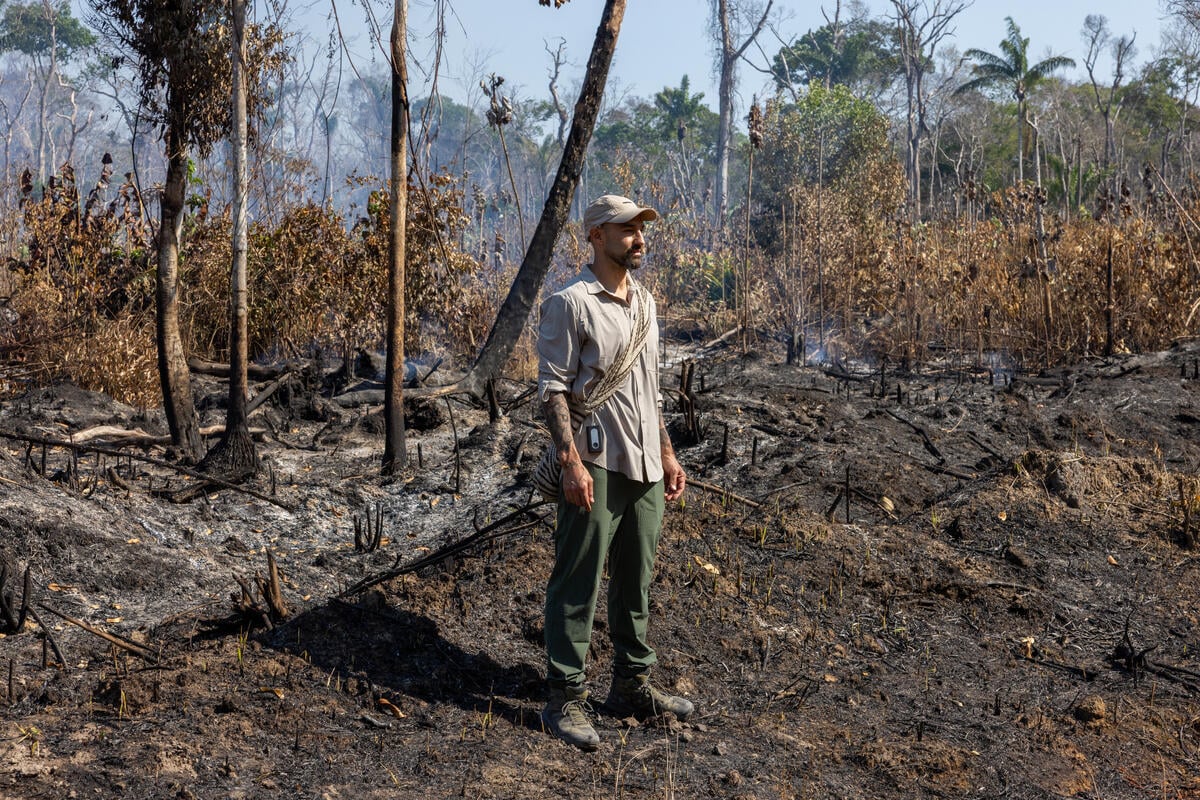
It thrives on expansion, always pushing further into Indigenous territories, always finding ways to bend or break the rules, always leaving destruction in its wake. Even when numbers make it look like things are “improving,” the reality on the ground tells another story: the machine never stops.
Big Ag sells itself as feeding the world. But what I witnessed made it clear: it’s not feeding life, it’s feeding collapse.
The Human Cost
The cost of this destruction isn’t just measured in hectares of forest lost. It’s measured in human lives.
While I was in the Amazon, I breathed the smoke myself. I felt how heavy and suffocating it was. And I learned that for many families, this isn’t a temporary haze, it’s the air they live with every day. Reports show that children in the region are especially vulnerable, with rising cases of respiratory illness. Fire season might make the headlines once a year, but for them, fire season never really ends. I also heard accounts of workers trapped in conditions that stripped away their dignity, people promised jobs and hope, but ended up exploited, sometimes even working just for food and a roof. For Big Ag, these workers are just another resource to be used up and discarded.
And what struck me most was the injustice faced by Indigenous Peoples. These are the original guardians of the forest, the ones who have kept it alive for generations. Yet I learned how their territories continue to be carved up, their rights ignored, their voices silenced. Imagine watching the land that carries your history, your culture, your survival, taken away piece by piece to feed a system that only values profit.
This is the true price of industrial agriculture. Not just carbon emissions or deforestation percentages, but the daily suffering of people forced to breathe poison, to live without rights, to see their futures stolen.
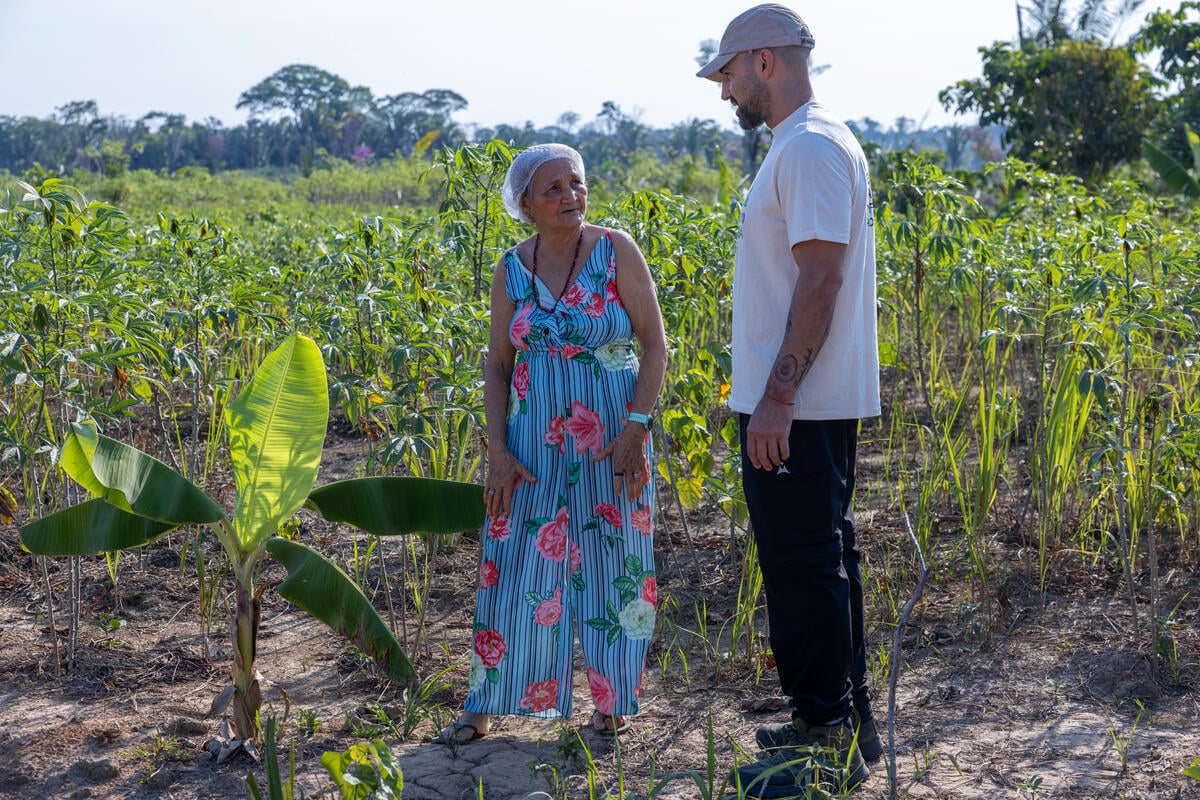
And all of it is hidden behind the food on our plates. What looks like an ordinary steak, a chicken fillet, or a glass of milk can carry with it a trail of exploitation, illness, and dispossession. Once you’ve seen that trail, you can’t unsee it. And yet, amid the devastation, I also found hope.
I visited a village near Lábrea that is proving that another food system is possible. Agroforestry projects that restore soils and still put food on the table. Fisheries managed with care so rivers can sustain life for generations. Indigenous stewardship that keeps the forest alive while nourishing people.
This is food as it should be: not destruction, but connection. Not collapse, but care.
What’s Next and What You Can Do
Later this year, governments will meet in Belém for COP30, in the very heart of the Amazon. They face a choice: keep backing the corporations destroying the forest, or finally invest in the people who are protecting it.
I went to the Amazon to see for myself what was happening. I came back knowing that unless we break free from Big Ag, we are all at risk.
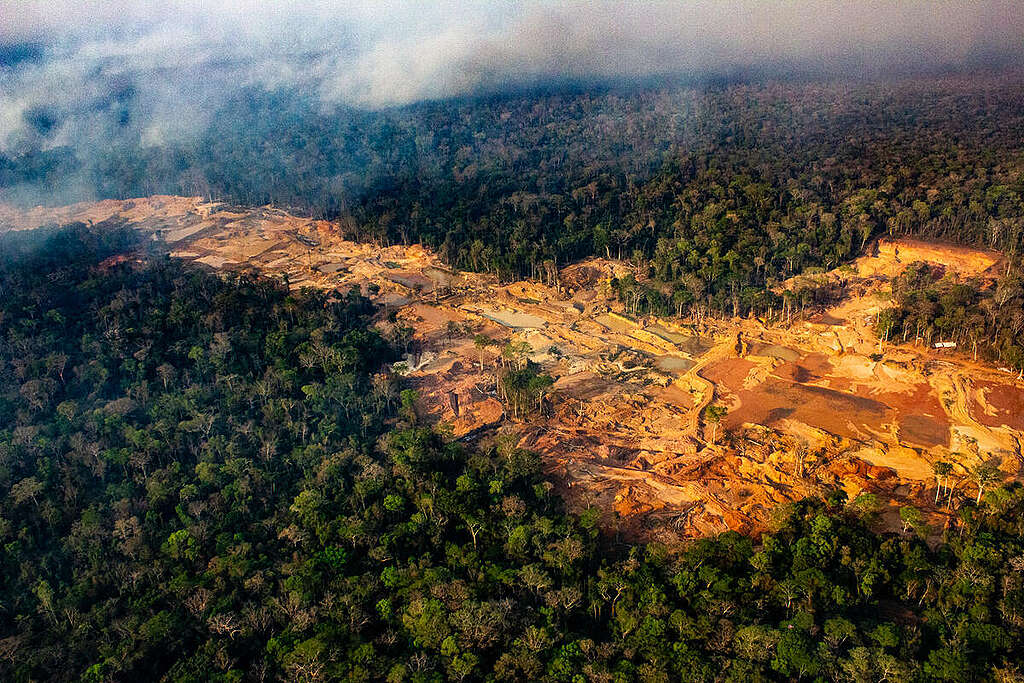
Ask political leaders to act on their promises to stop Amazon destruction.
Join the movementJoin the movement and sign the petition to demand respect for the Amazon and its people!
The Amazon cannot survive on “less bad.” It needs justice. It needs resilience. And it needs us to stop letting Big Ag decide the future of our food.
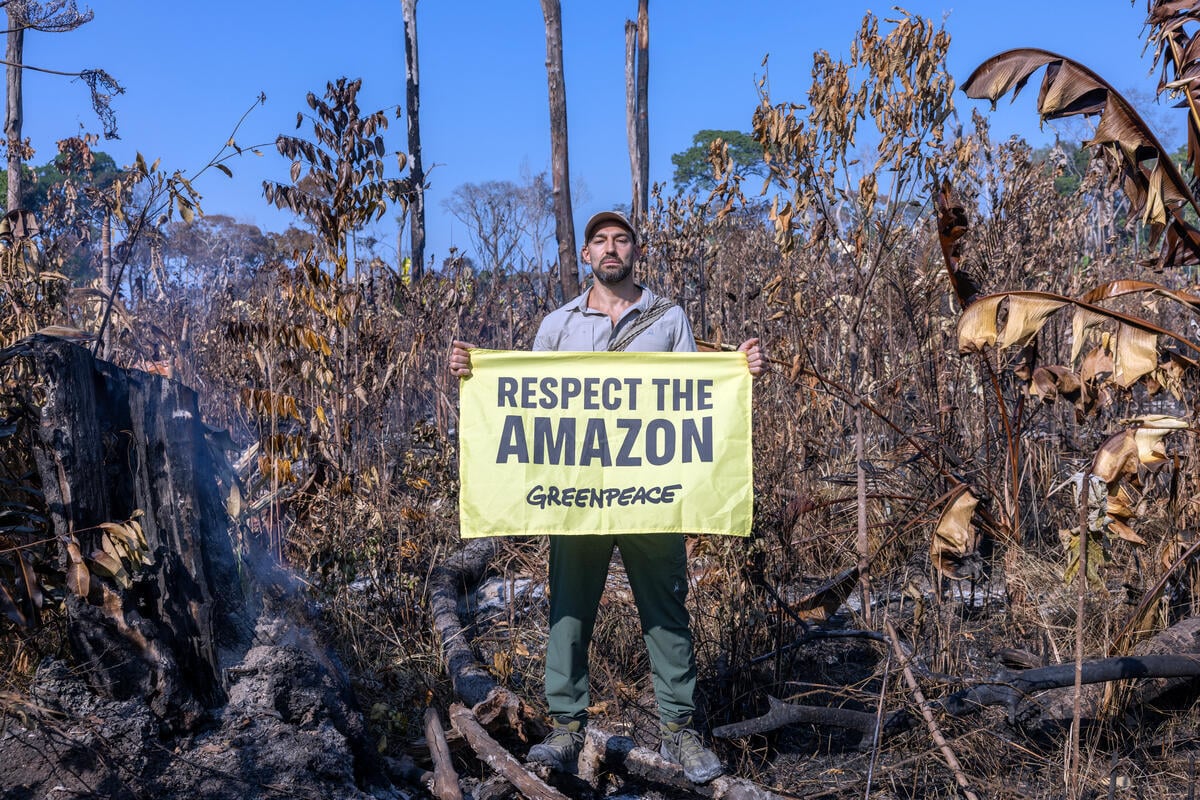
Leo Moran is a Chef and winner of MasterChef Colombia 2016
Guest authors work with Greenpeace to share their personal experiences and perspectives and are responsible for their own content.

